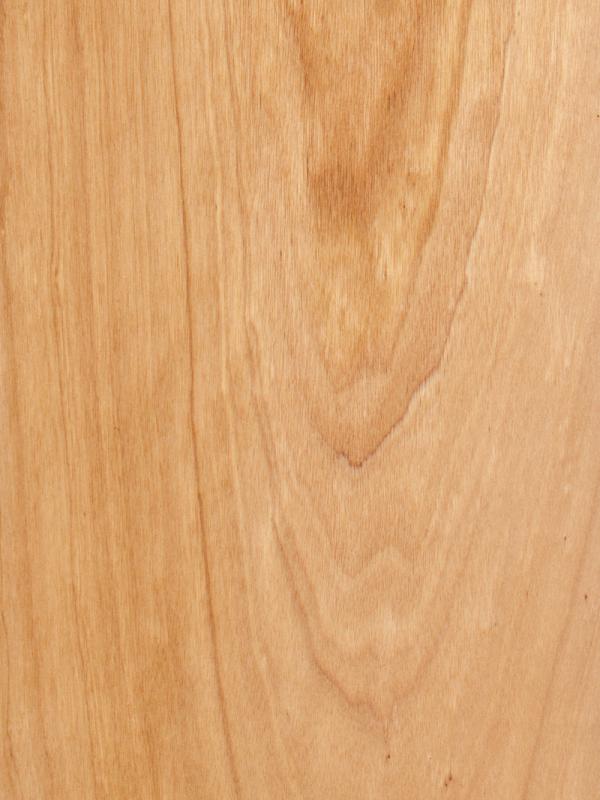
Family: Sapotaceae
Origin: West and East Africa, Guinea, Sierra Leone, Ivory Coast, Ghana, Nigeria, Cameroon, Angola and Zaire.
Other common names: Aniegre, Anegre, Aningeria, Landosan, Mukali, Kali, Mugangu, Muna, Osan, Anegre Blanc, Longhi, Tanganyika Nuss, Tutu, M’boul, N’kali, Landojan
The tree: Anigre is a tall, tropical hardwood with a clear, cylindrical bole to 80 ft. It can and will grow to heights of up 180 feet with trunk diameters around 36 to 48 inches.
Appearance: Heartwood varies from yellowish white to pale brown, Sometimes with a pinkish hue or red gray color. The heartwood and sapwood are not clearly demarcated, and the heartwood darkens lightly after exposure. It has a faint, cedarlike aroma.
Density: Average reported specific gravity ranges from 0.40 to 0.48(ovendry weight/green volume), equivalent to an air-dried weight of 30 to 36 pcf. Janka hardness is 980 pounds of force.
Drying & shrinkage: Seasoning Anigre is usually not a problem because the wood dries well without any degrade. Average reported shrinkage values (green to ovendry) are 3.8% radial and 7.0% tangential and 11.8% volumetric.
Working properties: Anigre is usually considered easy to work with however, due to silica in the wood, moderate to severe blunting of cutting edges occurs when working. Excellent gluing, nailing and screwing properties. Achieves a high gloss finish when polished.
Durability: Anigre is not a very durable wood. It is perishable and very susceptible to termites and fungi, which will decay the wood. Without proper care, It is liable to stain blue. It has a permeable heartwood, so it can be treated with preservatives.
Uses: It is commonly used in furniture, cabinetry, utility plywood and high-end millwork.
Availability: Available in plain and quartered sawn in limited thicknesses and quantities.